Like drops of golden sunshine on a branch, the forsythia bush creates a cheerful burst of color in early spring, and is – in my opinion – a must-have for any perennial garden.
There is something about that first burst of yellow in the spring that makes me love forsythias.
They are the earliest of my spring bushes to bloom, providing a splash of color and a harbinger of the fact that winter is over, and spring is finally here.
Like drops of sunshine on a branch, the forsythia bloom takes what was a barren landscape just a few days ago and suddenly gives it a brilliant pop of color.
They don’t last very long, usually around a week. And they are quickly followed by the flowering crabapple trees, cherry trees, magnolia, flowering almonds, and a whole host of other much-loved spring flowering trees and bushes that I have planted and nurtured in my backyard.
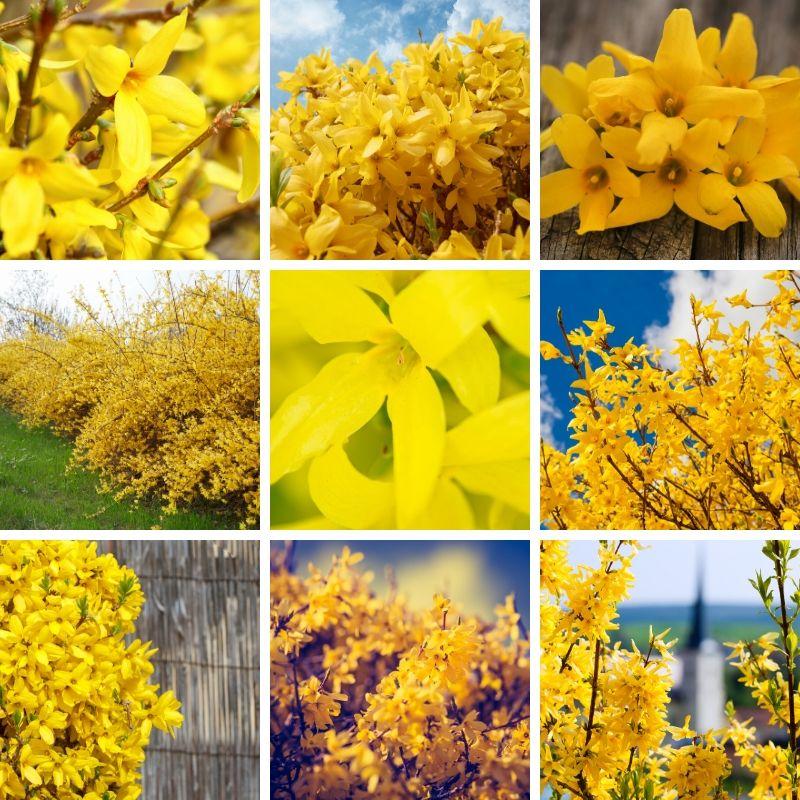
But it’s the forsythia – more than anything else – that really starts the season off and lets everyone know that the warmer weather has finally arrived. Somehow, it’s like the bright and sunny-yellow flowers on each forsythia branch are beckoning the sun to come and sit for a while.
The Warm, Glowing Yellow of the Forsythia Bush
There is a warmness to them that even the beauty of the stunning crabapple or magnolia tree cannot match. That glorious spray of yellow that practically beams when struck by sunlight yet remains cheerful even on rainy days. They are – in my opinion – spring’s bounty personified.
Not that these delicate forsythia flowers haven’t tricked me in the past. There have been plenty of occasions when a cold snap has hit us shortly after the forsythia has bloomed. It is a disappointment to be sure. Seeing even a light dusting of snow on the ground, covered with fallen yellow forsythia buds, is something that nobody – including me – enjoys.
But that’s the exception. Not the rule.
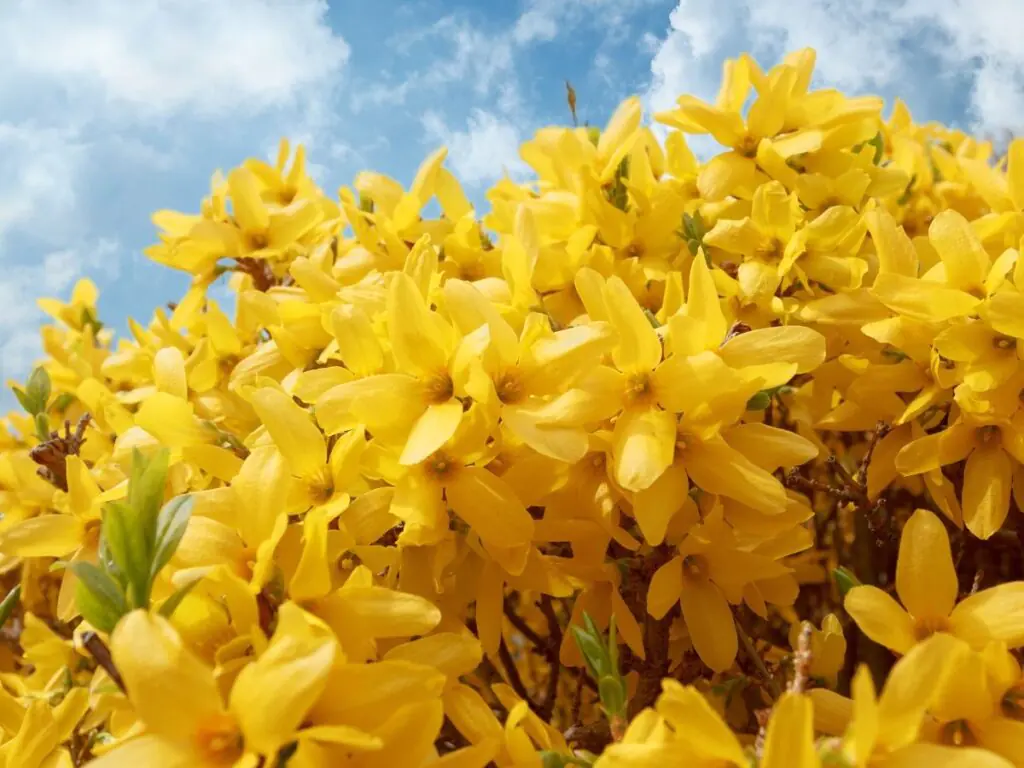
Most years, these forsythia bushes start blooming right around the same time when you can start to see the buds creeping out of the branches of other dormant trees.
It’s a time of the year that I referred to as “the thickening.“ Here’s what I mean by that.
There seems to be about a period of time – sometimes a day or two, sometimes just shy of a week – during the spring when the trees suddenly look just a little bit thicker than they did before. Not long after that… as if you looked away briefly and mother nature changed the backdrop… they are all covered with leaves.
It’s that sudden spurt to life that makes spring such a special season. I would have said “spring to life” but that would have been a touch redundant, wouldn’t it? Anyway, there is an overwhelming feeling of renewal, growth, and freshness permeates every living thing and gives us all new hope.
Perhaps that’s why spring is also the season for love & romance?
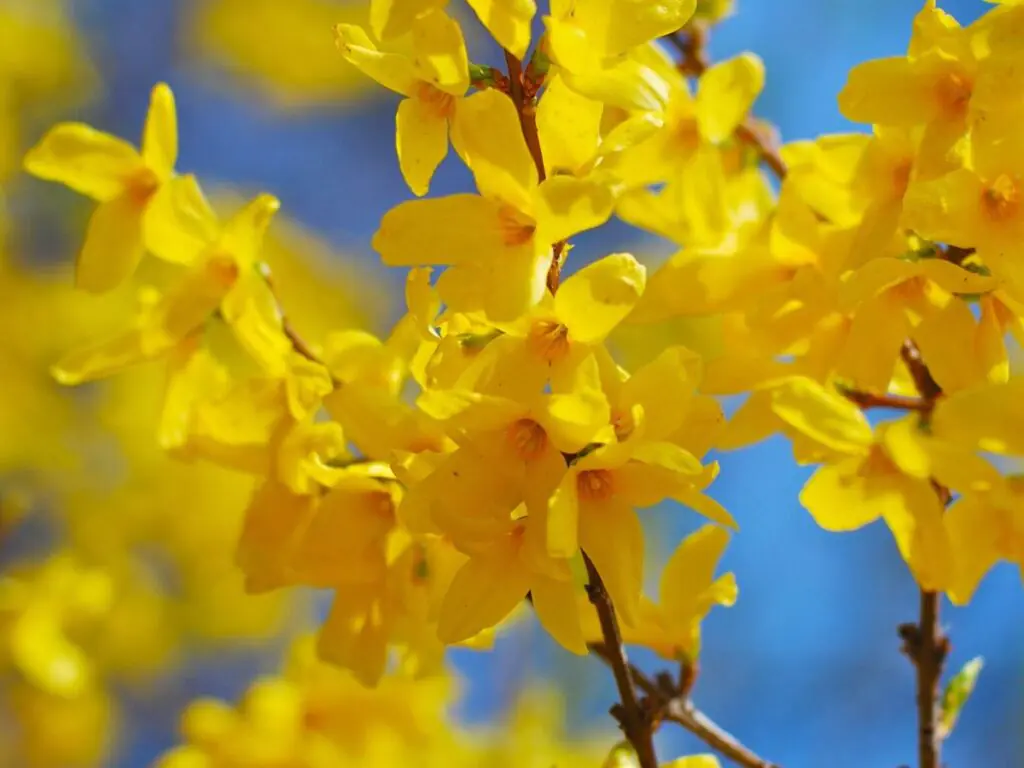
I’ve had forsythias in my garden for as long as I can remember. Even when I have moved into a house without them, it is the first bush that I plant so that I can make sure that I have that beautiful batch of yellow flowering sunshine to brighten up my spring landscape.
Forsythias Rarely Dissapoint
Around the very end of April, sometimes very early May, I step into my backyard am greeted by several bursts of bright yellow peppered across my backyard.
And when I see them, I instantly smile. For as long as they last, they make me smile every time I see that bright swath of brilliant yellow.
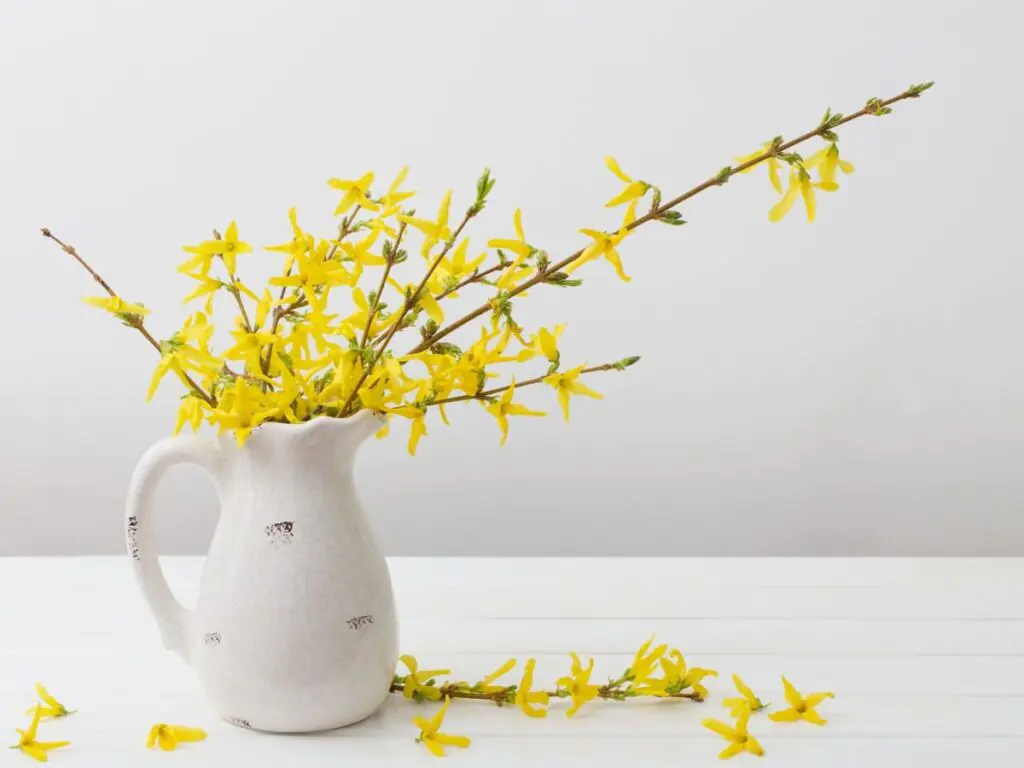
They even make for a lovely bouquet of cut flowers. Simple, honest, and colorful, they add a whimsical touch to any room, bring spring indoors to enjoy day and night.
And even when the last forsythia blooms have faded, it does not make me sad. Because they are just the beginning of the spring bloom season, and I know that the next pop of spring beauty is about to bloom. I wouldn’t even say that the forsythia is my absolute favorite spring-flowering bush. That honor probably belongs to the flowering crabapple.
But the forsythia is like the starting gun for the race that is spring.
I know that not everyone has as much of a love affair with forsythias as I do. My mom, for one, was never much of a fan. But I think that always had more to do with their growth habit than their sunny disposition. Forsythias can be hard to control, and will take over a space entirely if you don’t prune them back regularly.
I’ve had to vigorously attack a forsythia bush or two with hedge clippers because I’ve let them get out of control. And when they get spindly, they do lose a little bit of their aesthetic appeal, especially when they are not blooming.
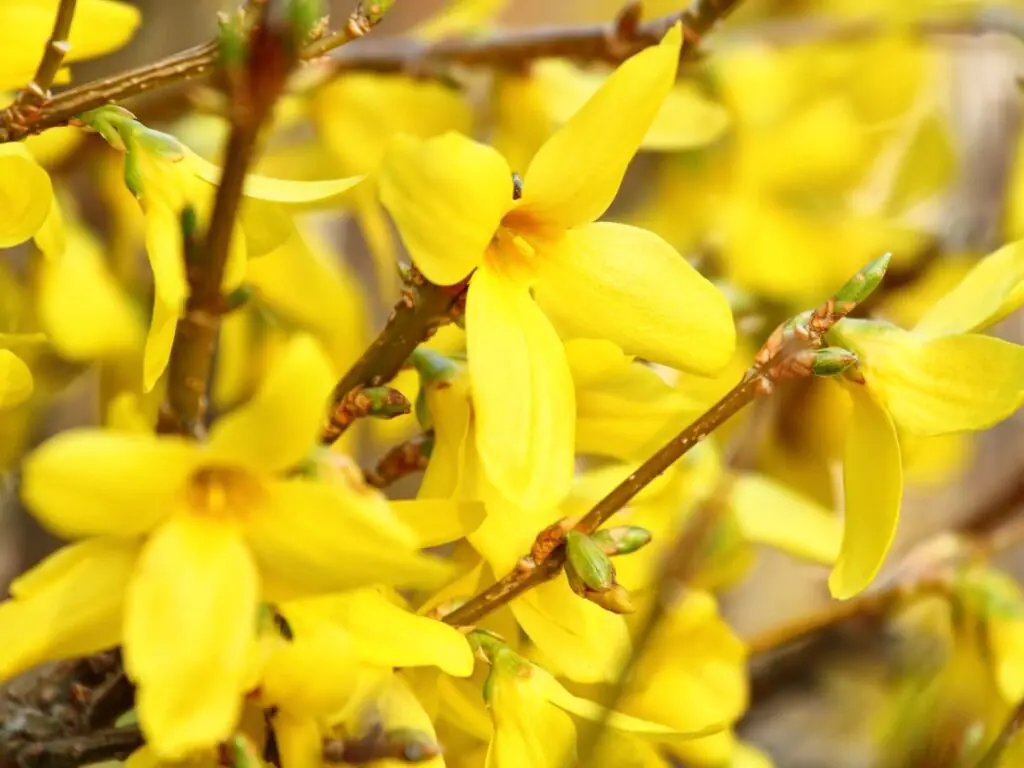
But with proper care, they can create a beautiful burst of yellow in the spring, and provide a nicely shaped and rich green bush during the summer. If they found a way to create a hybrid of a forsythia and a burning bush that would give them brilliant red leaves in the fall, then I think they would be perfect.
But even without that, they are the bringer of spring. They are the first really big, flashing yellow sign that winter’s beautiful but bitter snows are behind us.
And that is why I love them.
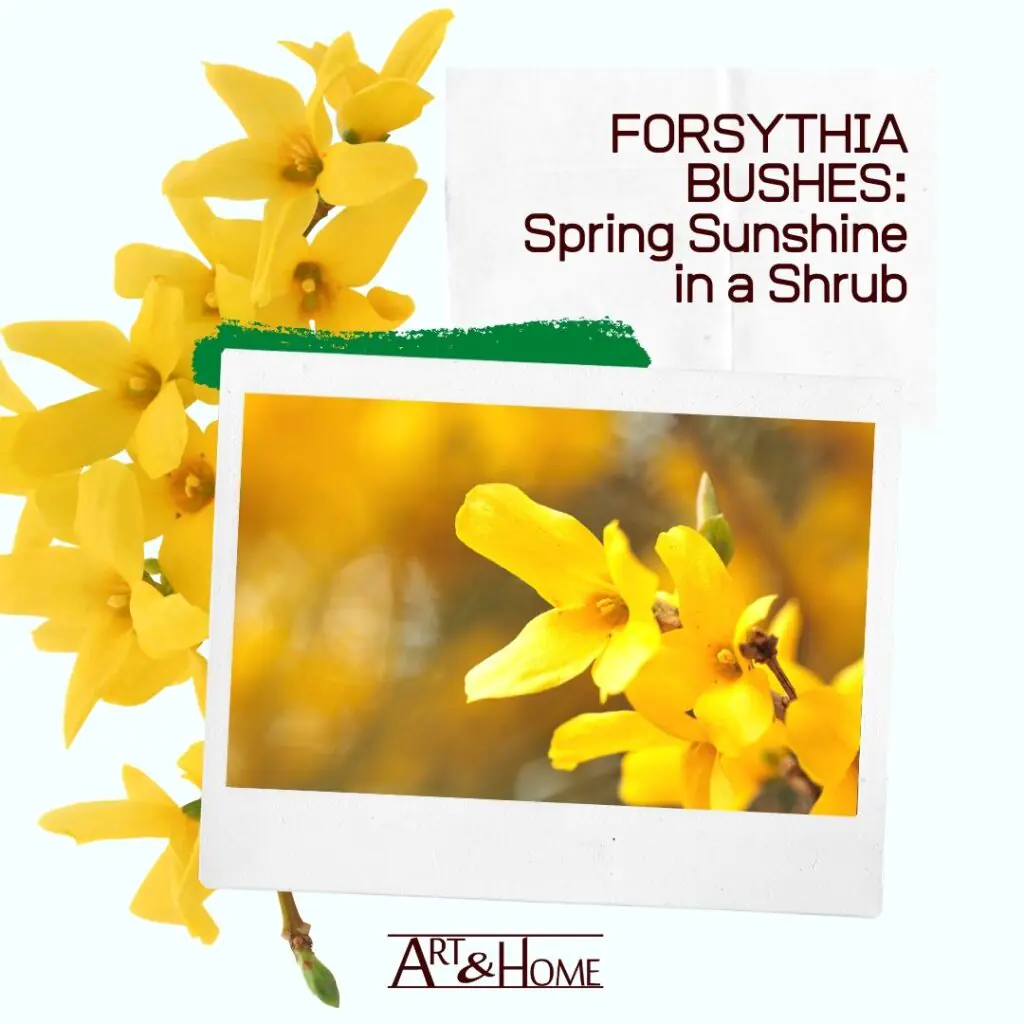


What a fantastic article on patio gardening! I’ve been wanting to start a patio garden for a while now, and your post has given me so many great ideas and tips to get started.
We planted a forsythia bush a year ago. I am waiting for the day when it is big enough to clip from in the spring. They are so pretty.
It doesn’t take long, they are pretty fast growers!
Lovely images and post. I love forsynthia but had only seen it in pictures until about 5 yrs.
ago when my daughter moved to N.C…..would love to know if it will grow in Florida, as I would love to have a bush. Thanks for this beautiful post.
Blessings,
Nellie
Thanks for your feedback, I’m glad you enjoyed the post! Unfortunately, as far as I know these Forsythias don’t grow in Florida.